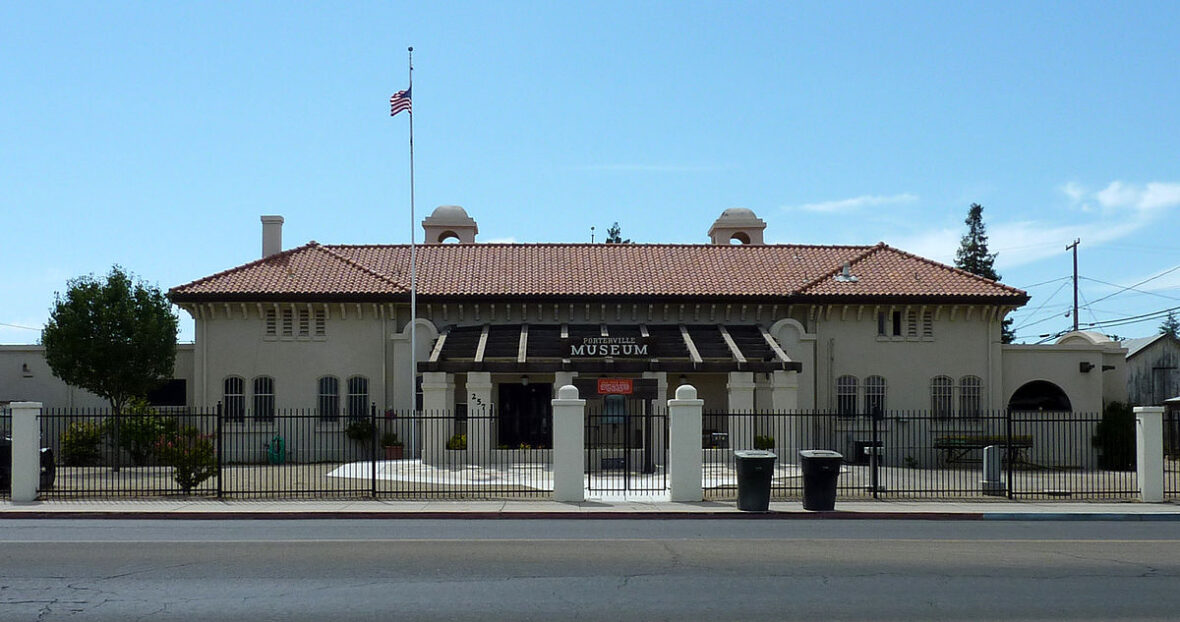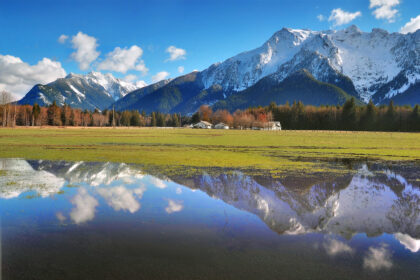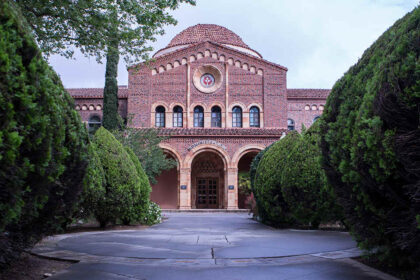Porterville is a city in the San Joaquin Valley, in Tulare County, California, United States. Take a look below for 20 awesome and fun facts about Porterville, California, United States.
1. It is part of the Visalia-Porterville metropolitan statistical area.
2. Since its incorporation in 1902, the city’s population has grown as it annexed nearby unincorporated areas.
3. The city’s July 2019 population (not including East Porterville) was estimated at 59,599.
4. Since its incorporation in 1902, the city’s population has grown as it annexed nearby unincorporated areas.
5. The city’s July 2019 population (not including East Porterville) was estimated at 59,599.
6. Porterville serves as a gateway to Sequoia National Forest, Giant Sequoia National Monument and Kings Canyon National Park.
7. During California’s Spanish period, the San Joaquin Valley was considered a remote region of little value. Emigrants skirted the eastern foothills in the vicinity of Porterville as early as 1826. Swamps stretched out into the Valley floor lush with tall rushes or “tulare” as the Indians called them.
8. Gold discovered in 1848 brought a tremendous migration to California, and prairie schooners rolled through Porterville between 1849 and 1852.
9. Starting in 1854, Peter Goodhue operated a stopping place on the Stockton – Los Angeles Road on the bank of the Tule River.
10. Wagon trains of gold seekers passed through the village, but other travelers found the land rich and remained to establish farms. A store was set up in 1856 to sell goods to miners and the Indians, who lived in tribal lands along the rivers. From 1858 to 1861 it was the location of the Tule River Station of the Butterfield Overland Mail.
11. Royal Porter Putnam came to the village in 1860 to raise cattle, horses and hogs. He bought out Goodhue the same year and turned the station into a popular stopping place and hotel called Porter Station.
12. He bought 40 acres of land and built a two-story store and a hotel on the highest point of the swampy property, which is now the corner of Oak and Main. The town of Porterville was founded there in 1864.
13. It took its name from the founder’s given name because another Putnam family lived south of town.
14. In 1862 20.8 inches (530 mm) of rain fell in the area, causing a change of course of the Tule River. Putnam’s acres drained and he had his property surveyed, staking out lot lines and establishing streets. Settlers were offered a free lot for every one purchased.
15. The need of a burgeoning California population for food provided the impetus that led to the permanent development of the east side of the southern San Joaquin Valley. The long, dry, hot summer prompted irrigation of the lands.
16. In 1888 the Southern Pacific Railway brought in the branch line from Fresno. The Pioneer Hotel and Bank were built by businessmen from San Francisco. Porterville incorporated in 1902, as miners moved into the area to extract magnesite ore, and the Chamber of Commerce was formed in 1907. A City Manager-Council form of government was adopted in 1926 and a Charter was adopted. The city has grown from a community of 5,000 in 1920. Agriculture supplemented by the Central Valley Water Project has been the major source of economic growth in the area. The city is the center of a large farming area especially noted for citrus and livestock.
17. Industry has become a significant factor in the development of the community. The Walmart Distribution Center, National Vitamin, Beckman Instruments, Standard Register, Sierra Pacific Apparel, Royalty Carpeting and other small companies have facilities in Porterville. Several large public facilities are also located here. These include the Porterville Developmental Center, Sequoia National Forest Headquarters, the Army Corps of Engineers Lake Success Facility and the Porterville College campus of the Kern Community College District.
18. The Native Americans living in the foothills of the Sierra Nevada Mountains were relatively undisturbed by early Spanish colonization. During the late 1840s and into the 1850s, once gold was discovered in California, miners began encroaching on traditional lands. Although a treaty was signed with the local tribes in 1851, defining a proposed reservation and 200 head of cattle per year, the US Senate failed to ratify it, with every member either abstaining or voting no.
19. In the spring of 1856, a rumor that 500 cattle had been stolen by Native Americans began to circulate. Upon further investigation, it turned out that a single yearling calf had been taken as a bridal gift. Mobs of armed settlers were organized to counter the perceived menace, despite the peaceful intentions of the Native Americans. These mobs began raiding Native camps and killing their inhabitants.
20. One mob, under the leadership of Capt. Foster DeMasters, failed to dislodge a numerically superior Native encampment while wearing ineffective makeshift body armor consisting of cotton-padded jackets.




